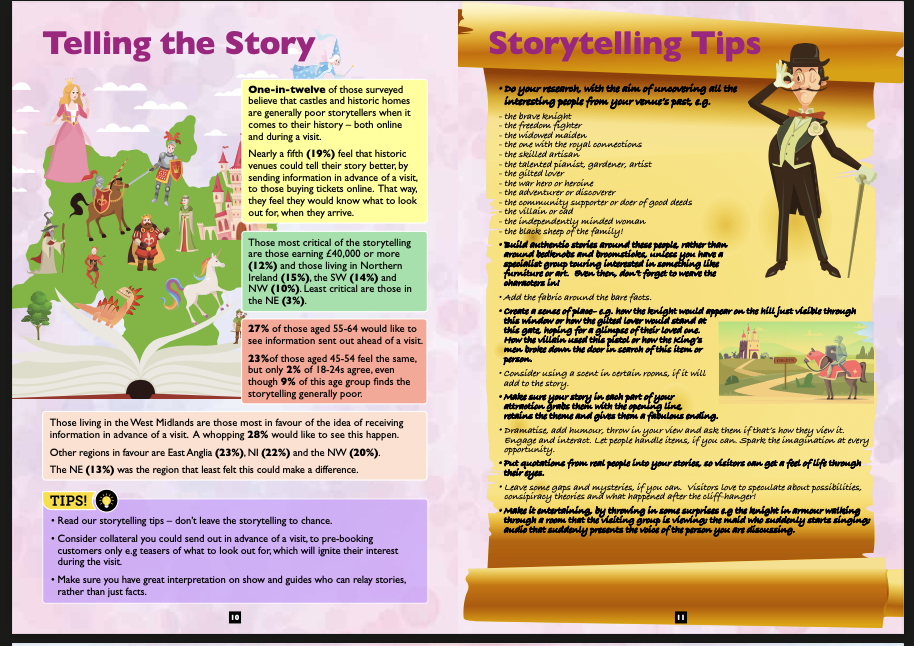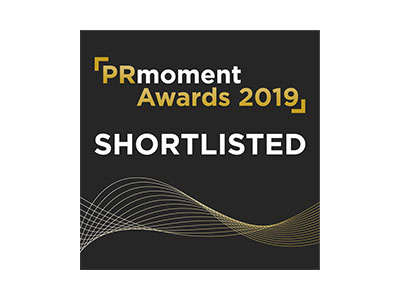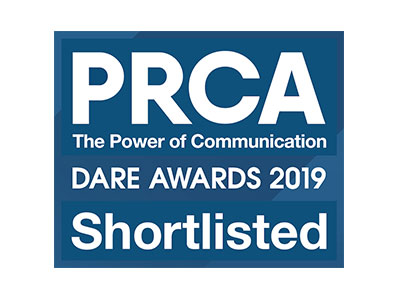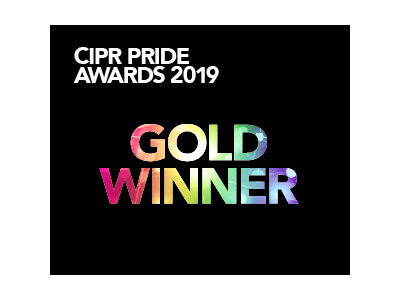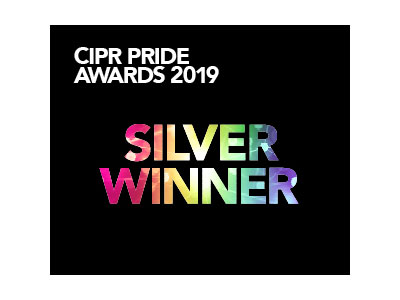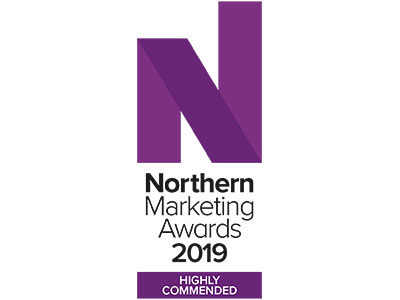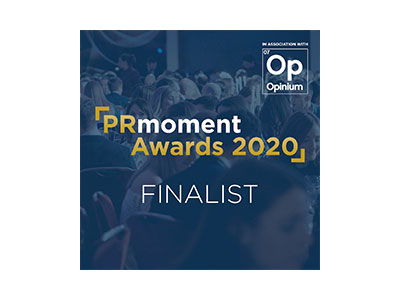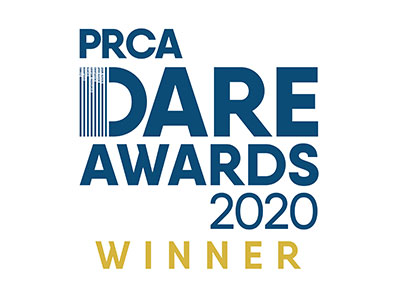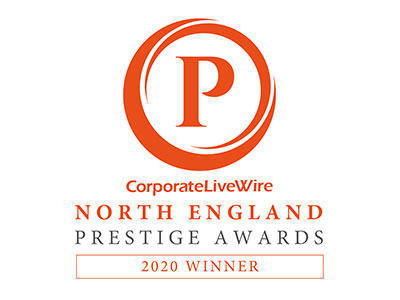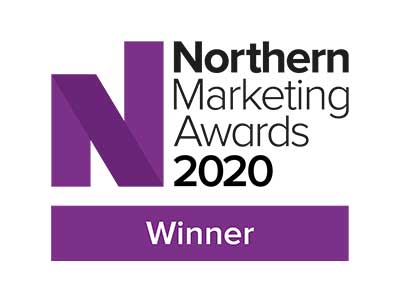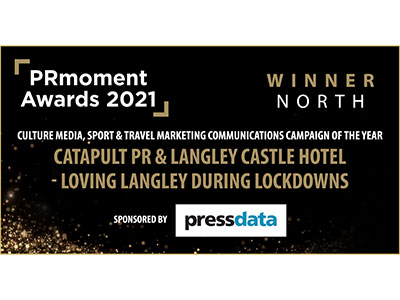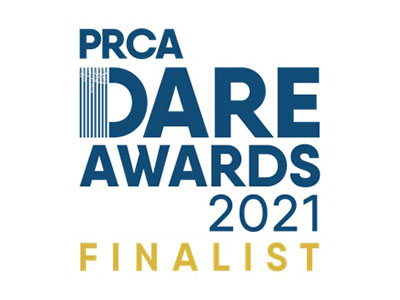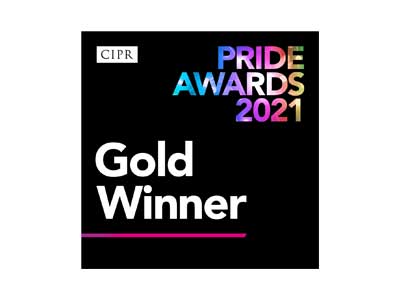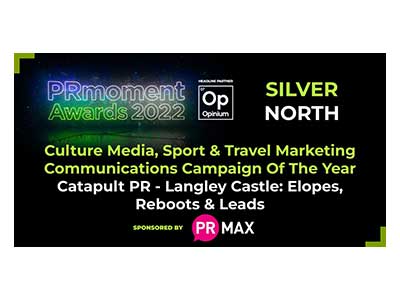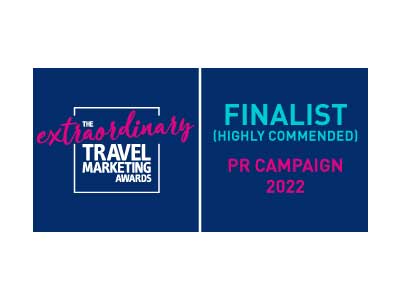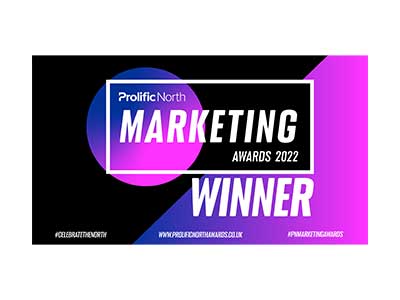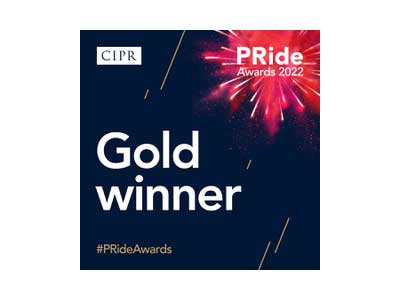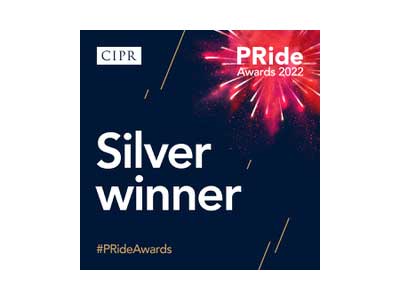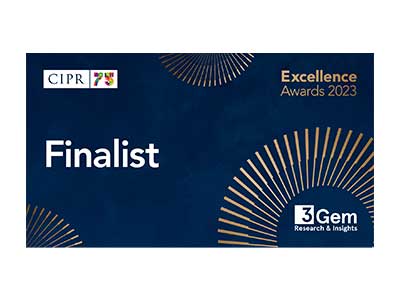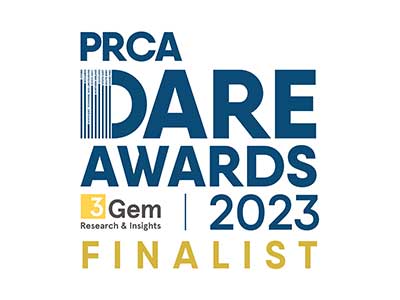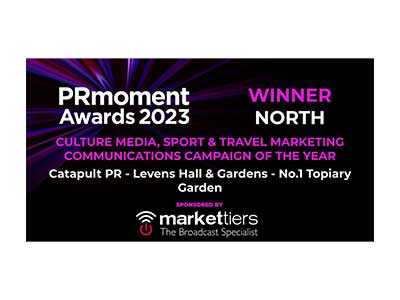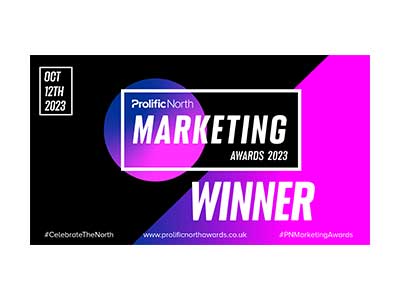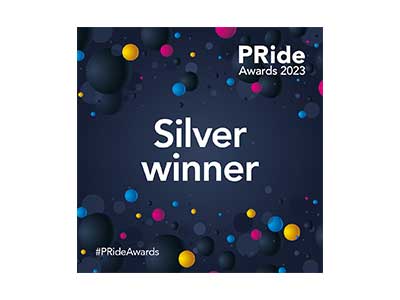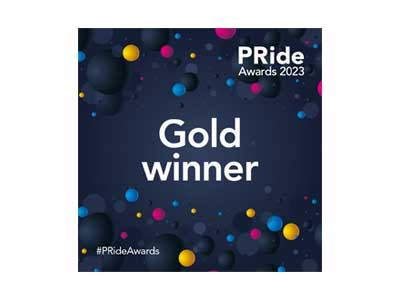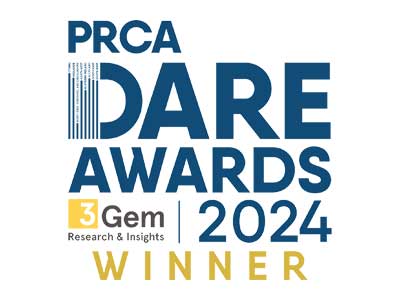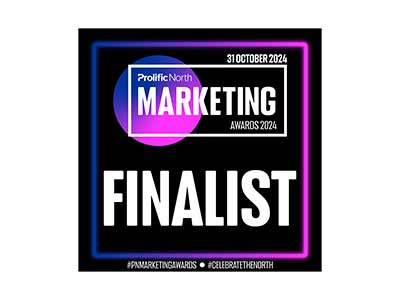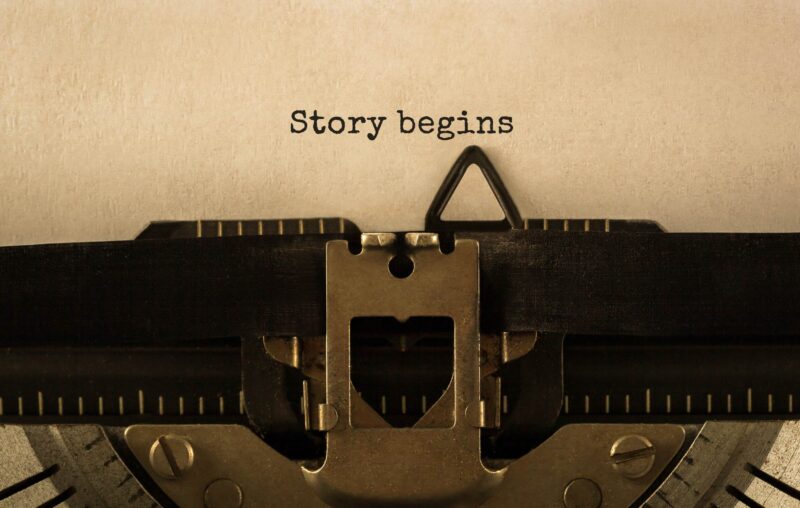
September 22nd, 2021
Why Heritage Attractions Should Blog
Heritage venues need to tell their stories better. That’s not our view but that of many of the 1000 consumers interviewed by the independent research company we commissioned, as we attempted to help the UK’s heritage and cultural visitor attractions – particularly castles and historic houses – improve their PR, online and offline content and general marketing.
The survey produced some interesting insights, all of which you can find in our ‘Castles and Historic Homes’ booklet, produced to summarise this piece of research and downloadable for free here. The booklet also contains free PR and marketing tips for those wishing to take advantage of the ‘mood’ of the heritage visitor and boost their tourism PR.
Why blogs and storytelling matter for castles and historic houses
However, the storytelling finding is particularly telling. One-in-12 of those surveyed believed that storytelling by heritage visitor attractions is poor, both online and during a visit. The most critical were those earning the highest incomes, often a key target audience and demographic for heritage attractions.
Nearly one-in-five of the survey respondents (19%) said they felt heritage attractions could tell their stories better by providing information in advance of a visit, particularly to those buying tickets online. This can be viewed almost as a useful way of whetting the appetite and enabling the visitor to get the maximum benefit from a visit, by helping them know what to look for, enquire about and seek out. This provision of information was most sought by those aged 55-64.
How to engage heritage visitors online
Whether or not a heritage attraction, such as a historic home, museum or castle, is technologically geared up enough to be able to ping off pre-visit visitor information in this way will really depend upon their resources and the capacities of their website. If they can do so, the trick will lie in offering just enough information to tease the ticket-holder, without ruining the grand reveal. The copywriting will have to be engaging but also strategic, maximising the overall satisfaction derived from the full visitor experience but ensuring that the crescendo comes when the visitor is on-site and ready to buy add-ons and write those all-important reviews.
If the visitor attraction doesn’t have the digital capabilities to automatically issue such information, or have someone manually send it, all is far from lost. What every heritage attraction, be that a castle, historic home, heritage gardens, arboretum or museum, should have – and what they really need to be milking to the full – is a blog/news area on their website. That is the perfect depository of the pre-visit snippets with which the visitor seemingly wishes to be furnished and it is easily accessed by anyone who can get online. With the huge boom in online take-up by the older generation during the pandemic, that is now far more of the visiting population than ever.
Why castles and historic houses need to blog
Now, we know that the word ‘blog’ strikes fear in some people’s hearts. A blog has become synonymous, in some people’s minds, with personal insights that are diary-like in nature and highly revealing at times. What many fail to realise is that a blog can be far more than this – a means to impart information in an engaging and compelling way, so that it hooks in the prospect, which in the case of heritage attractions is obviously the potential visitor. Furthermore, a well-written and constructed blog can also bring the heritage prospect to your door via the search engines, as a cleverly crafted blog can contribute so many key words to your website.
We are not, for one minute, suggesting that you pack a blog full of the key words that you want to rank for, in an unnatural and totally off-putting way for the reader. What we are suggesting is that heritage attractions really grasp the nettle and use a blog as their storytelling vehicle, bringing to life the characters from their past, their exhibits, their tales of intrigue, blood and gore and heroism and much more besides.
By creating such a vehicle, you can start to build your ‘brand’ online, communicating what your attraction stands for, casting light on your attraction’s personality, breaking down the ‘barriers to entry’ that might be in the minds of the potential prospect who isn’t quite sure whether heritage is right for them or not, but who is possibly ready to give it a go.
Benefits of starting a heritage blog
Time may be an issue for you, but you can outsource that to a copywriter who can bring the world of heritage to life. One piece of copy can be ‘repurposed’ for other uses – LinkedIn posts, other social media posts, podcasts, possibly also a press release, if there is news as well as interest value. Remembering that this should also assist your search engine rankings, you should get great value from it. You’ve got to be where the audience is and, in today’s world, your audience is online.
A blog can be a great way of sparking other ideas too, helping you to improve your storytelling during a visit, through interpretation panels, guide books, audio guides and even talks. Writing blogs for clients as we do, we also often find it a great ‘torch’ for creative ideas on the product development front, so you could find it becomes a source of new ideas for events, festivals and more. It can also develop into other online resources, such as content downloads and e-books.
Storytelling is a powerful tool. It’s something we get hooked on as children but sometimes lose along the journey towards adulthood. Rekindle it through a blog and your heritage attraction could be a 2022 tourism winner.
For further help with any of this, we are always here at Catapult PR for a no-obligation chat. Just call Jane on 01253 446925 or email jane@catapultpr.co.uk
